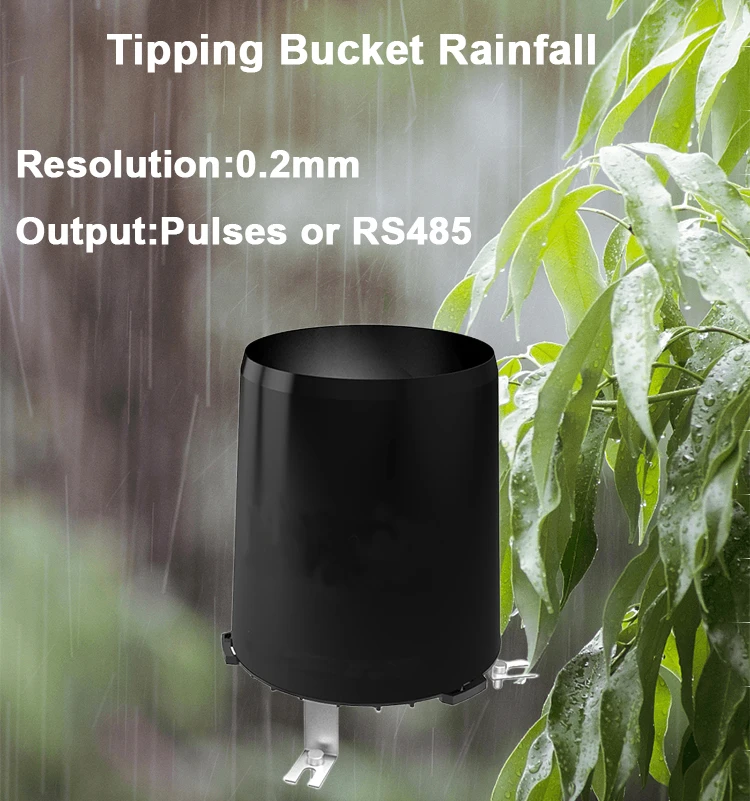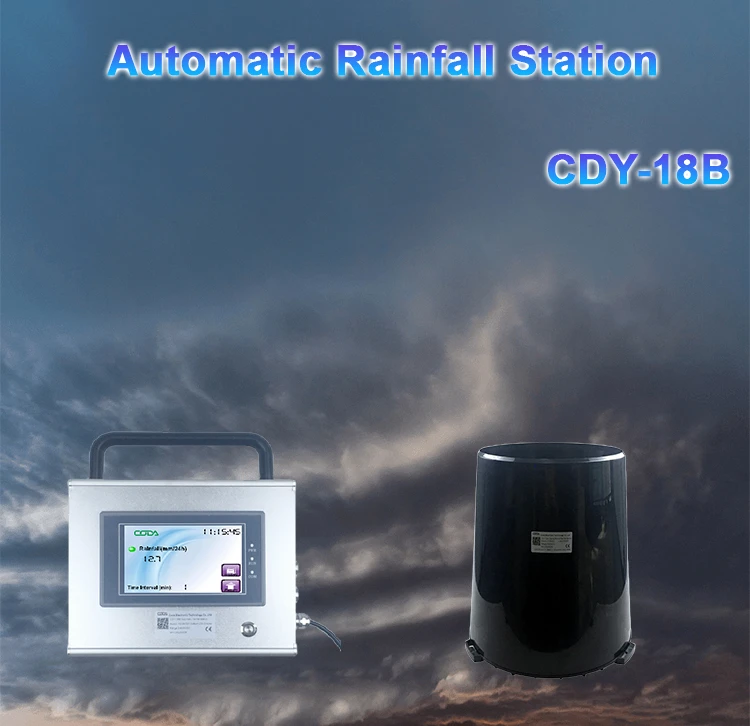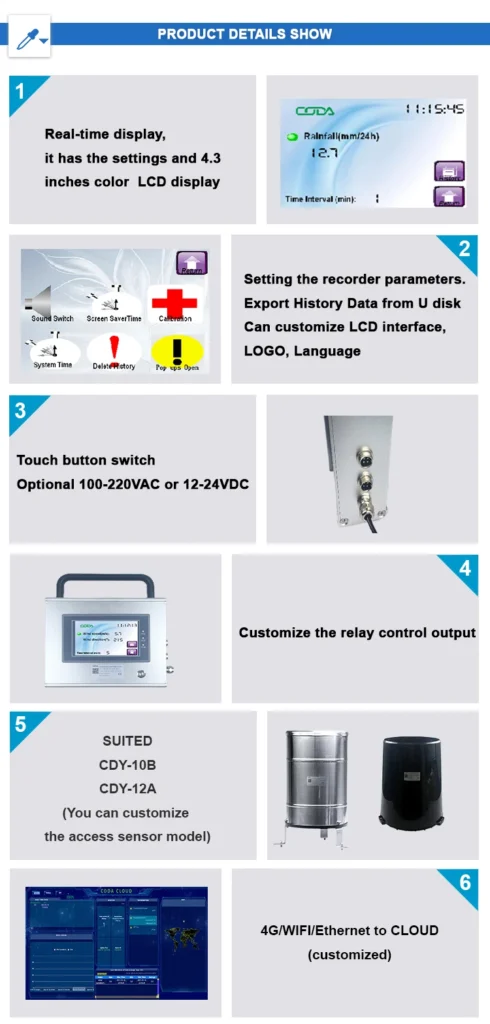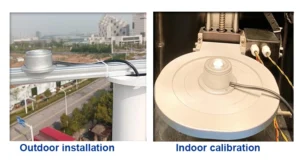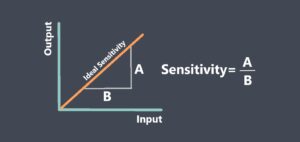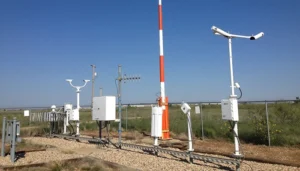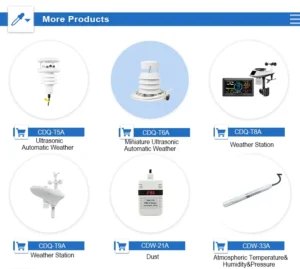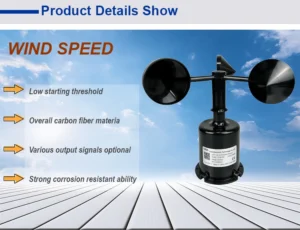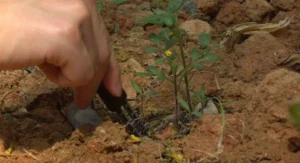Automatic rain gauge Uses
Automatic rain gauge station also called electronic or digital rain gauges, measure and record rainfall automatically. Here are some essential features of these rain gauge automatic:
1. Sensor Technology:
These rain gauge automatic use advanced sensors, like tipping bucket systems or weighing methods, to measure rainfall. They measure the impact or weight of raindrops and convert this into data.
2. Data Collection:
Automatic rain gauge have built-in data loggers. They continuously collect rainfall data over time. This helps track and analyze precipitation accurately.
3.Some models have wireless transmitters.
These devices send remote data to a central monitoring station or weather network. Other models use wired connections to retrieve data
4.Accuracy and Precision:
Engineers design these devices to deliver accurate and consistent rainfall measurements, and they calibrate and test them to ensure reliability.
5. Self-Emptying Mechanism:
Many devices have a self-emptying feature. This clears collected water after each measurement. It ensures that future rainfall does not affect the accuracy of readings.
6.You can use them in weather stations or networks.
This lets them work with other tools to collect complete weather data.
7.Power Source:
These gauges usually run on batteries or solar panels. They ensure continuous operation and data collection, even in remote areas.
Automatic rain gauges serve several key purposes:
1. Precipitation Measurement: They provide accurate rainfall data crucial for agriculture, hydrology, and weather forecasting.
2. Data Collection: By continuously gathering rainfall data, these gauges enable real-time monitoring and analysis of precipitation patterns.
3. Remote Monitoring: Some models can be placed in hard-to-reach locations, facilitating data collection from remote areas.
4. Integration with Weather Networks: Data from these gauges can enhance regional and national weather forecasts.
The practical uses of automatic rain gauges include:
1. Weather Monitoring: They are key to weather monitoring systems. They provide real-time rainfall data. This helps meteorologists track weather patterns and make accurate predictions.
2. Agriculture: Farmers use these gauges to monitor rainfall, informing decisions on irrigation, crop growth, and water management.
3. Hydrology and Water Resources Management: Accurate rainfall measurement is vital for hydrological studies and effective water resource management.
4.Flood Forecasting and Early Warning: Continuous monitoring helps predict flood risks. It also issues timely warnings by detecting heavy rainfall.
5.Urban Planning and Infrastructure: Rainfall data is important for city planners. It helps them design drainage systems, roads, and buildings. This data allows them to understand how rain affects infrastructure.
6. Environmental Studies: Long-term rainfall records assist in ecological research, climate change assessments, and ecosystem modeling.
Automatic rain gauges are important for collecting accurate rainfall data. Many areas, such as weather forecasting, agriculture, water management, and building infrastructure, use them. They support informed decision-making by providing precise measurements.
People appreciate these automatic rain gauge station for their convenience and reliability in tracking rainfall. With automated functions, they provide accurate readings and collect important data. This makes them essential for weather monitoring, water research, farming plans, and many other uses.
